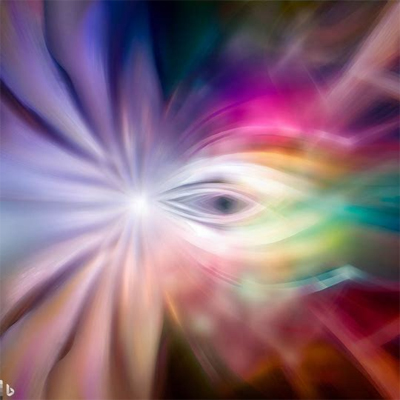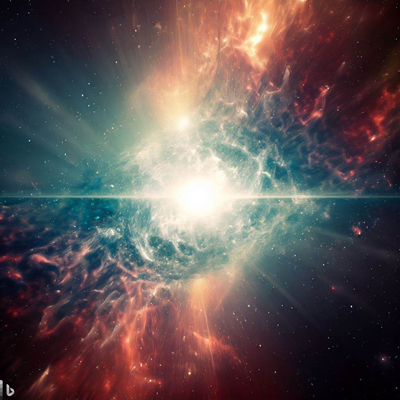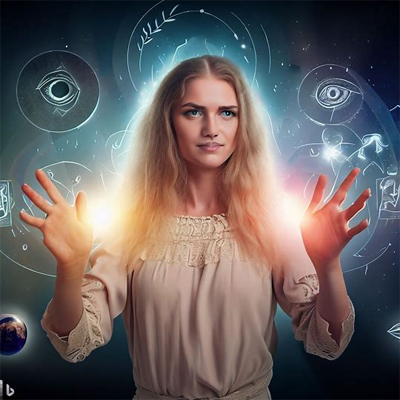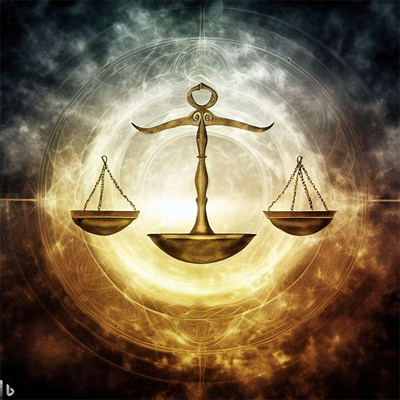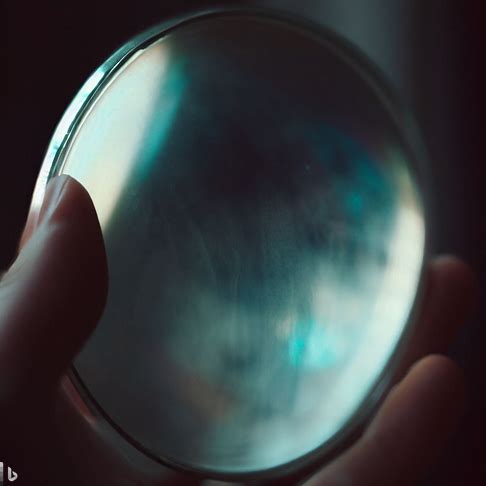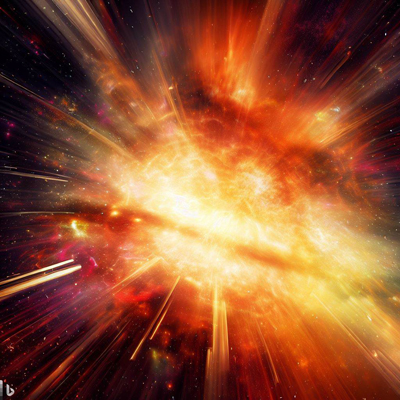Introduction:
Extra Sensory Perception (ESP), also known as sixth sense, refers to the capacity to obtain information about the world around us without using the traditional five senses of sight, hearing, touch, taste, and smell. The notion of ESP has intrigued scientists, philosophers, and laypersons alike, stirring debates that traverse the domains of psychology, neuroscience, and philosophy.
While the scientific consensus remains skeptical about the existence of ESP, the persistence of anecdotal evidence and popular belief in these phenomena indicates that the topic deserves an earnest examination. This article will delve into the different types of ESP, the history of its research, the scientific skepticism surrounding it, and potential explanations if such phenomena were to exist.
Types of Extra Sensory Perception:
ESP is typically divided into several categories:
Telepathy: This refers to the purported ability to communicate thoughts or ideas from one mind to another without the use of traditional sensory channels or physical interaction.
Clairvoyance: This is the alleged ability to gain information about an object, person, location, or physical event through means other than the known human senses.
Precognition: This involves the perceived ability to predict or foresee events before they occur.
Retrocognition: The opposite of precognition, this is the supposed ability to see events after they have occurred, but without any prior knowledge of them.
Psychometry: This is the claimed ability to discover facts about an event or person by touching inanimate objects associated with them.
Historical Overview of ESP Research:
The scientific exploration of ESP can be traced back to the late 19th century with the founding of the Society for Psychical Research in London. Early researchers, such as Frederic Myers, conducted numerous experiments trying to establish the existence of telepathy and other psychic phenomena.
In the 1930s, Dr. J.B. Rhine at Duke University in the United States introduced a more scientific approach to the study of ESP, using rigorous experimental protocols and statistical analysis. His work, though widely criticized, remains one of the most extensive bodies of research on ESP.
More recently, parapsychology, the study of paranormal and psychic phenomena which includes ESP, has been carried out in laboratories across the globe, although it’s often met with skepticism and criticism from the broader scientific community.
Scientific Skepticism and Criticism:
The primary challenge in studying ESP is the lack of a known physical mechanism that would allow such information transfer. In other words, there’s no known method by which the brain could send or receive information independently of the five senses.
Furthermore, many critics argue that the positive results found in some ESP studies are due to methodological flaws or statistical anomalies rather than genuine psychic phenomena. Some common criticisms include the lack of proper controls, the possibility of sensory leakage (uncontrolled and unnoticed communication through traditional senses), and the use of inappropriate statistical techniques.
The concept of replication, a cornerstone of scientific research, also poses a significant challenge. Many claimed ESP phenomena are inconsistent and not reproducible, making it difficult for researchers to confirm their validity.
Potential Explanations and Theories:
Despite the skepticism, theories have been proposed to explain ESP, should it exist. These generally fall into two categories: physical theories and non-physical theories.
Physical Theories: These theories propose that ESP operates through known physical processes. For instance, some suggest that telepathy could occur through extremely low-frequency electromagnetic waves. However, no empirical evidence has been found to support these theories, and they often run contrary to established principles in physics.
Non-Physical Theories: These theories suggest that ESP operates outside the realm of physical mechanisms entirely. They often hinge upon larger philosophical frameworks like dualism (the belief that mind and matter are distinct and separate) or idealism (the belief that consciousness or mind is the fundamental reality).
One such theory is the concept of a “collective unconscious,” proposed by Carl Jung, where information could be shared between individuals at a subconscious level. Similarly, theories based on quantum mechanics, such as the notion of “quantum entanglement,” have been invoked to explain ESP phenomena, although these are often criticized as misapplications of quantum theory.
The idea of a “non-local mind” also falls under this category, suggesting that our minds are not confined to specific points in space and time and could interact with other minds or events directly, without any physical medium.
However, these non-physical theories, while fascinating, are currently untestable and hence not scientifically verifiable. Their value, therefore, is more philosophical than empirical, providing interesting avenues to contemplate the nature of consciousness and reality.
ESP and the Future of Consciousness Studies:
While the existence of ESP remains controversial, the questions it raises about the nature of consciousness and human perception are essential. Even if ESP does not exist as traditionally defined, its study can lead us to better understand our mind’s capabilities and limitations.
For instance, cognitive biases and perceptual errors often underlie people’s belief in psychic phenomena. Studying these biases not only helps us understand why people believe in ESP but also provides insights into how our minds construct our perception of reality.
Moreover, consciousness studies are increasingly intersecting with quantum physics in attempts to understand the mind’s nature. While the use of quantum physics to explain ESP is often seen as a leap, some argue that as our understanding of quantum physics evolves, so too might our understanding of consciousness and the potential for seemingly “paranormal” phenomena.
Conclusion:
Extra Sensory Perception, a captivating and controversial topic, bridges the gap between the scientifically observable world and the realm of subjective human experience. While concrete evidence for ESP remains elusive and mainstream science continues to be skeptical, the study of such phenomena contributes significantly to our understanding of consciousness, perception, and the human mind.
The exploration of ESP also serves as a reminder of the importance of maintaining rigorous scientific methodologies while remaining open to new possibilities. After all, the history of science is filled with phenomena once deemed ‘impossible’ that are now well-understood components of our reality. Only time will reveal where ESP will stand in this continuum.
